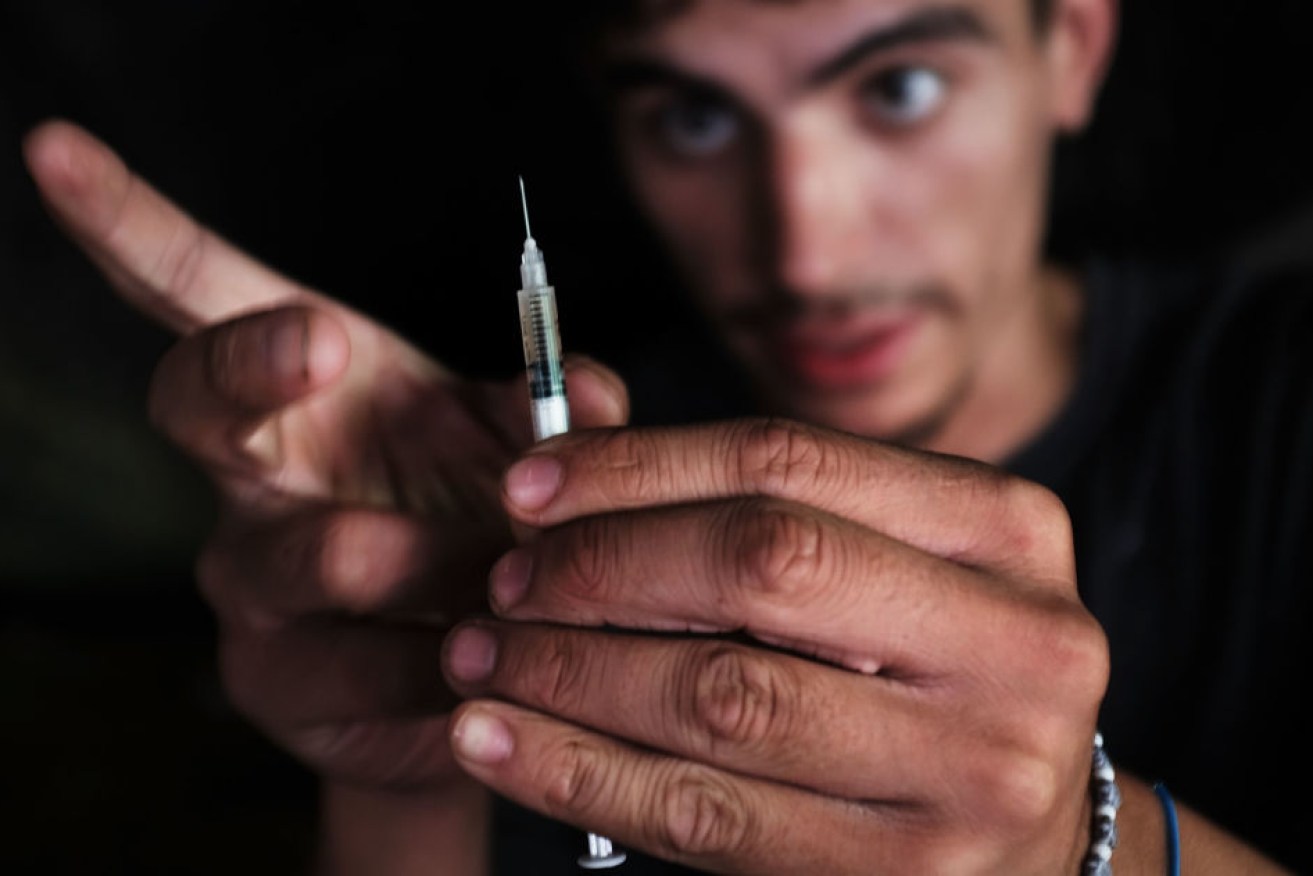Why safe drug-consumption rooms make more sense than testing welfare recipients


"Drug-taking continues despite every effort to stop it." Photo: Getty
Sparked by a spate of overdose deaths of young people, there is currently a debate about establishing a ‘drug consumption room’ (DCR) in the inner-city Melbourne suburb of Richmond.
The move follows state MP Fiona Patten introducing a bill in February in the Victorian Parliament for an Australian trial of such a facility.
But it is not only in Melbourne that debate is raging. It is now occurring nationally, and especially in western Sydney where, at Canterbury-Bankstown, the federal government is planning to drug-test welfare recipients – at great expense to the taxpayer.
This is counter to all the evidence that shows that investment in harm- prevention and treatment is the most effective way of managing drug and alcohol problems.
DCRs have many important benefits and only minor negatives. And in a world where drug-taking continues despite every effort to stop it, it’s time we started thinking about introducing more venues such as these to reduce the harm of drug-taking.
The benefits of DCRs include reducing drug overdose deaths; reducing non-fatal drug overdoses; reducing ambulance call-outs for drug overdoses; reducing the spread of blood- borne virus infections (HIV, hepatitis C); and increasing the referral of people who use drugs to healthcare and social assistance, including treatment for drug use and addiction.
This is useful to know as drug use continues to increase globally, with some hundreds of millions of people around the world using illicit drugs.
Apart from cannabis, injecting is still a common method of taking drugs. But drug inhalation is increasing, and in many parts of the world is already the commonest form of taking drugs. Whatever methods drug users choose, it’s time we did something useful to help them.
There are now 88 DCRs in 56 cities in nine countries – Australia, Canada, Denmark, Germany, Luxembourg, The Netherlands, Norway, Spain, Switzerland – and are likely to increase more rapidly in the next few years with many countries showing considerable interest in their establishment.
DCRs are usually established close to major drug markets, especially where these drug markets affect the neighbourhood with high levels of public injecting, drug overdoses and drug dealing.
In a DCR, people purchase drugs from the black market before entering, then consume the drugs under the supervision of healthcare workers.
In order to prevent death from overdose, the healthcare staff intervenes immediately if the person using drugs loses consciousness. Where they can, the staff also try to steer the drug user towards health or social assistance and encourage re-integration in the community.
In some DCRs, integrated help is available beyond limited health assistance, including: washing clothes; facilities for showering and washing hair; inexpensive, nutritious food; advice on housing, legal assistance; and referral for any sexually transmitted infections.
A great deal of research, mostly from Sydney and Vancouver, shows that DCRs have considerable benefits for people who use drugs, as well as for the general community.

Injecting cubicles at Sydney’s Medically Supervised Injecting Centre, in Kings Cross. Photo: AAP
No serious unintended negative effects of DCRs have been found. Indeed, most facilities are cost-effective, and nearby residents and businesses generally strongly support DCRs.
Most DCRs were established to supervise drug injecting, but more recently established DCRs also supervise the inhalation of drugs (including ice, heroin and crack).
Compared with young people who have never used drugs, regular drug-users often have severe social, physical and mental health problems.
In fact, those people who attend DCRs usually have much more severe physical and mental health problems and are often severely isolated. Many are homeless and most do not attend any health or social agency. Hence they need much more help and assistance.
DCRs cost between $2-3 million dollars a year to operate. While this may seem a lot of money, savings have proven to be significantly greater than the cost of running each centre.
The DCR that opened in Kings Cross, Sydney, in May 2001 has been evaluated independently almost a dozen times, each time with positive results.
Yet despite frequent calls for DCRs in other parts of Australia, the Sydney facility currently remains the country’s only one.
Given the huge amount of taxpayers money spent on drug law enforcement – with few results – and the manifest benefits of such safe and effective facilities, it is high time that Australian governments show a capacity for nimbleness and innovation by opening a network of DCRs where they are most needed.
A decision about the proposed DCR in Richmond should be known before the end of the year. Let’s hope Victorian Premier Daniel Andrews approves this important initiative and that politicians throughout Australia are willing to listen to reasoned arguments about drug reform.
Ross Fitzgerald AM is Emeritus Professor of History and Politics at Griffith University and the author of 39 books. Read Professor Fitzgerald’s blog at www.rossfitzgerald.com








